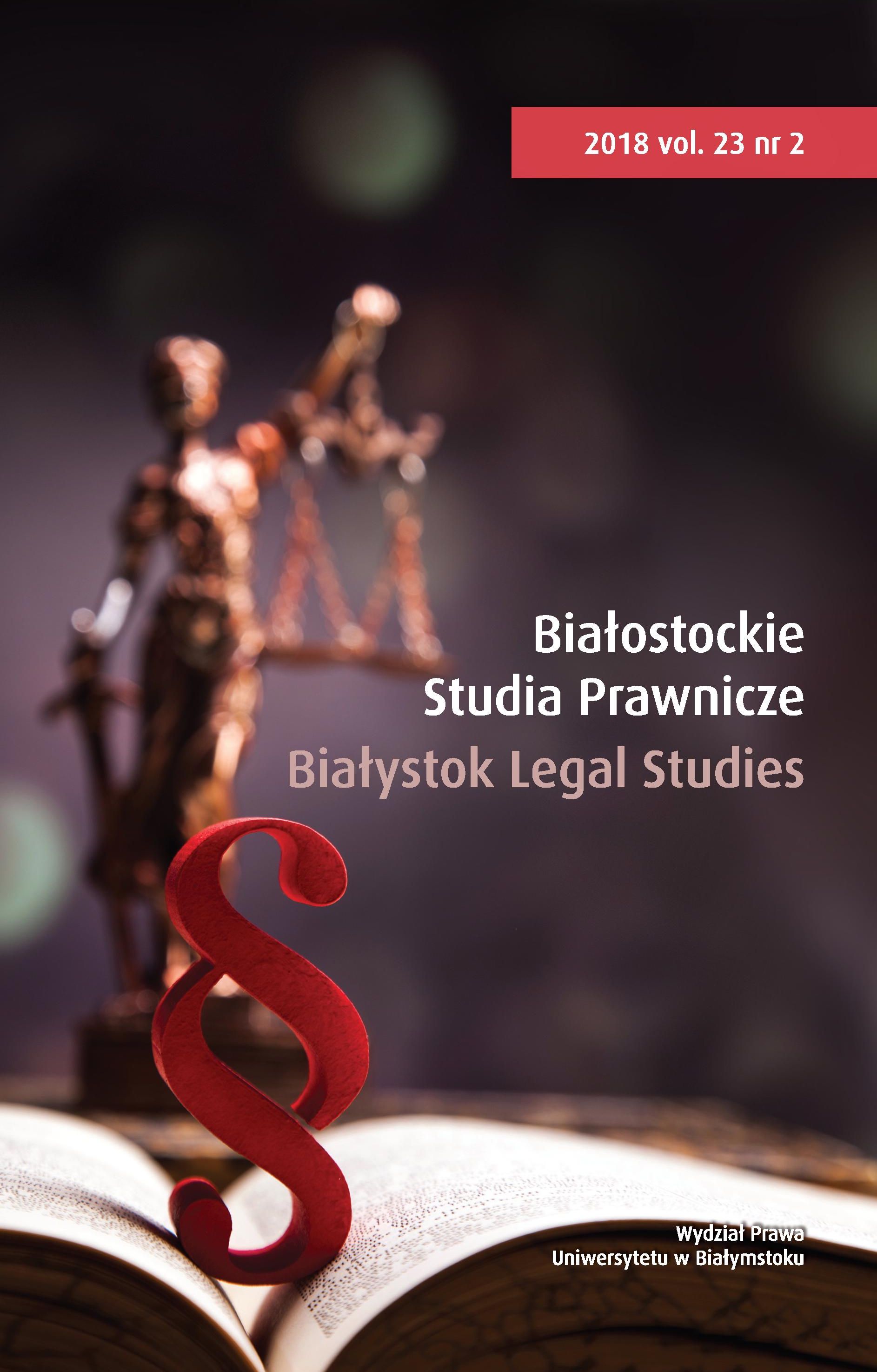International Student Mobility: European and Russian Practices
International Student Mobility: European and Russian Practices
Author(s): Evgenii Puchkov, Victor Vorobyev, Violetta Balzhinimaeva, Sofia EngurazovaSubject(s): Social Sciences, Education, Sociology, Higher Education , Globalization
Published by: Temida 2
Keywords: globalisation; internationalisation; academic mobility; students
Summary/Abstract: The Russian Federation is a relatively new player in the field of international education, although a strapping one, boasting more than 296 thousand inbound students in 2015/2016 according to the Project Atlas’ data. However, most of those students come from former Soviet Republics and China and aim for degree programmes. The numbers of inbound non-degree seeking students and students from the OECD countries are still sparse. Proper internationalisation became a hot and debatable topic after the creation of the Academic Excellence Project 5-100 and subsequent promotion of Russia on the international education market. This paper aims to compare the current state of student academic mobility in Europe to its state in Russian higher education institutions (HEIs). The authors believe that the fact that Russia might be considered “lagging behind” in academic mobility can be attributed to several factors, the main one being the general lack of applicable regulation and initiatives on the national level, as well as general inexperience when it comes to mobility programs. Europe (meaning the practices on the level of individual states as well as on the level of the European Union) is chosen as a reference region for its proximity to Russia and existence of a common framework in the sphere of higher education, namely the Bologna process. The first part of the article explains the notion of academic mobility as it is understood both in Europe and in Russia. The second chapter deals with the perceived value of academic mobility and student mobility as its part. The third chapter is devoted to the analysis of relevant international agreements (mainly documents of the Council of Europe), as well as different practices within European countries. The fourth chapter is dedicated to the analysis and history of the flagship EU exchange scheme – the Erasmus Programme. The fifth chapter delves into the inner regulatory workings of academic mobility in the Russian Federation, comparing the existing situation with the practices analysed in the previous chapters in order to draw conclusions on the state of the regulatory framework of Russian academic mobility.
Journal: Białostockie Studia Prawnicze
- Issue Year: 23/2018
- Issue No: 2
- Page Range: 89-110
- Page Count: 22
- Language: English

